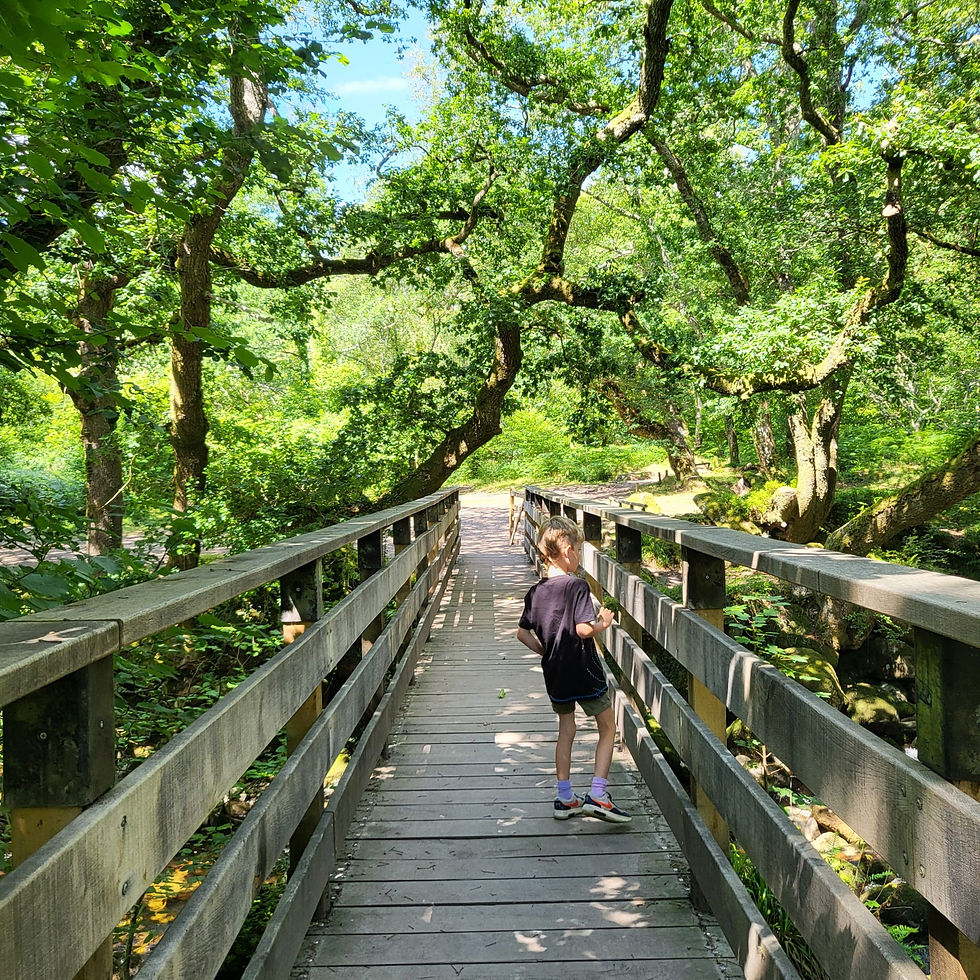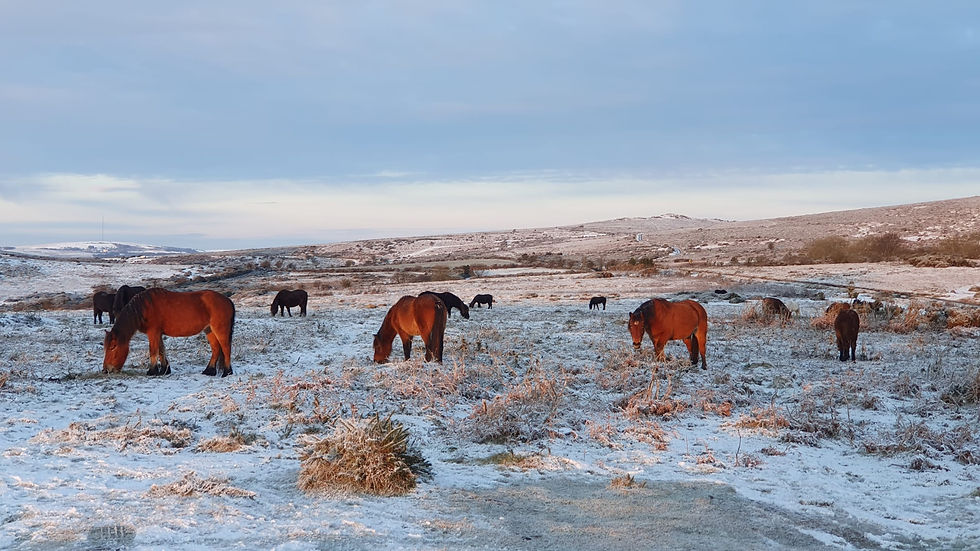Respect Dartmoor
- Jack Dicker
- Aug 19
- 3 min read

Dartmoor is a place of wild beauty, shaped by both nature and human history. To enjoy it fully, it is vital we show respect for the land, its wildlife, and the people who live and work here. This respect is not just about following rules, it is about recognising Dartmoor as a living landscape, one that depends on all of us to care for it so future generations can enjoy it as we do today.
One of the simplest ways to respect Dartmoor is to stick to marked paths and well-trodden tracks wherever possible. Although the moor can feel boundless, many areas are fragile and easily damaged by repeated trampling. Wet ground, ancient peat bogs, and areas of rare habitat are particularly vulnerable. By keeping to clear routes, you help prevent erosion and protect sensitive environments. If you do find yourself needing to cross rougher ground, move carefully, avoid creating new tracks, and follow the countryside code. It is always better to pause, look around, and find the best route than to push directly across delicate terrain. To better understand the rights and responsibilities that shape walking on Dartmoor, see our blog on Rights and Access.
Respect also extends to how we interact with the wildlife and livestock that call Dartmoor home. Ponies, cattle, and sheep roam freely, and while they are part of the landscape, they are not pets. Feeding them can cause harm, so they are best admired from a distance. Wildlife too, from ground-nesting birds to adders basking in the summer sun, should be left undisturbed. Dogs should always be kept under control, especially during lambing season and when ground-nesting birds are breeding. A curious dog can easily cause panic among livestock or disturb fragile nests, so keeping them close is a simple but powerful act of care. For more about Dartmoor’s rich wildlife, visit our blog on Wildlife Wonders.
Litter is another area where respect matters. Even small items like orange peel or tissue paper can spoil the sense of wildness for others and may take far longer to decompose than expected. The golden rule is to take everything back with you, leaving no trace of your visit. Fires and disposable barbecues should also be avoided, as they can quickly get out of control and cause lasting damage to grassland, heather, and wildlife habitats. Instead, enjoy Dartmoor as it is, without needing to alter it for comfort or convenience. To learn more about responsible ways to make the most of your visit with children, read our blog on Family Friendly Tips.
There is also the question of noise and presence. Dartmoor’s power lies in its stillness, and being mindful of how we move through it helps keep that sense alive. Loud music or large groups straying far from paths can break the quiet beauty that so many seek on the moor. Respect here is about slowing down, listening, and allowing space for others, human and non-human alike, to thrive in the same place.
In the end, respecting Dartmoor comes down to awareness and small acts of care. Each decision we make, from keeping to paths and controlling dogs, to carrying our litter and treading lightly, helps keep the moor special. These are not grand gestures, but together they make a difference. The more we respect Dartmoor, the more Dartmoor can give back to us in return: peace, space, beauty, and the reminder that wild places are worth protecting. To take your care for Dartmoor a step further, discover ways to give back in our blog on How You Can Help Dartmoor.



Comments